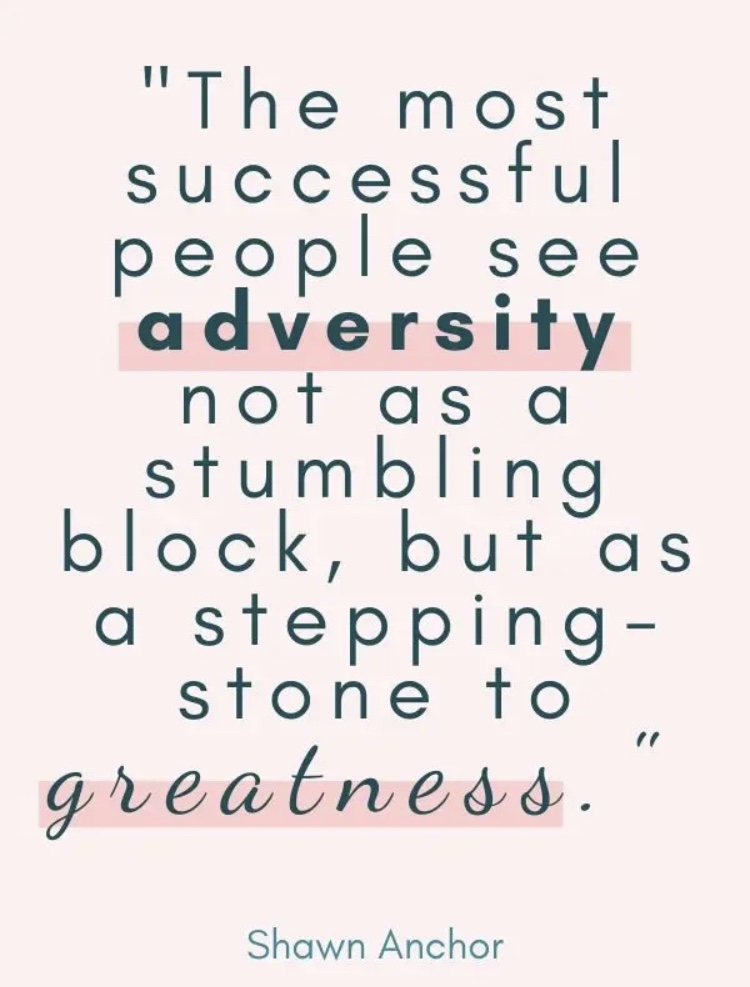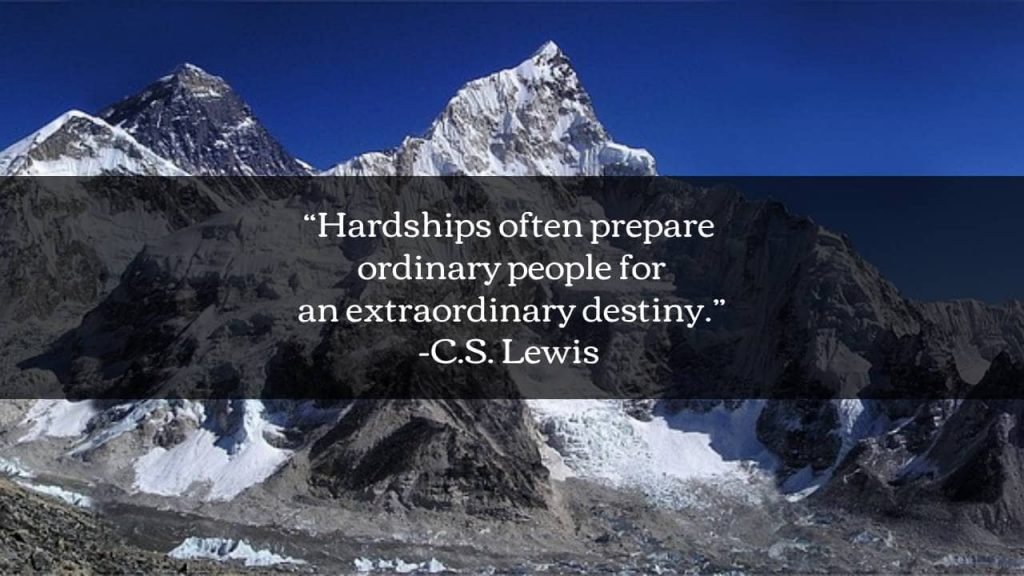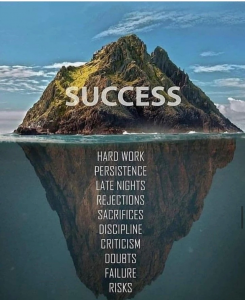Here are my takeaways from HBR’s 10 Must Reads: On Mental Toughness, Part 1.
Resilience is absorbing challenges and rebounding stronger than before out of adversity rather than avoiding those challenges. Mental toughness, a component of resilience, empowers individuals to separate their emotions from the negative outcomes of tough decisions. Failure, a common life experience, elicits diverse responses from people. Some people quickly recover after a short period of discouragement, while others spiral into depression, paralyzed by the fear of what lies ahead. Research indicates that the primary distinguishing factor in these responses is resilience, and the good news is that resilience is a skill that can be cultivated and nurtured.
Live your life in a manner that enables you to confront setbacks as they arise, move forward, and open doors to new possibilities.
Adversity
In the face of adversity, it’s a natural inclination to reflexively reflect on the events that just transpired. This analytical process can undoubtedly offer insights, yet it becomes counterproductive when intense negative emotions hinder our ability to progress forward.
Regarding an individual’s personal response to adversity:
- Control: When a crisis hits, do you look for what you can improve on now rather than trying to identify all the factors—even those beyond your control—that caused it in the first place?
- Impact: Can you sidestep the temptation to find the origins of the problem in yourself or others and instead focus on identifying what positive effects your personal actions might have?
Considering an individual’s perception of the adversity’s magnitude:
- Breadth: Do you assume that the underlying cause of the crisis is specific and can be contained? Or do you worry that it might cast a shadow over all aspects of your life?
- Duration: How long do you believe that the crisis and its repercussions will last?
Common emotional Traps
When adversity strikes, people commonly fall into two emotional traps:
- Deflation: Feel disappointed in ourselves or others, mistreated, and dispirited.
- Victimization: Self-doubt and feeling hopeless, constrained by circumstances

Bouncing Back
The ability to bounce back from adversity hinges on uncovering and untangling one’s implicit beliefs about it and shifting how one responds.
Reflexive responses include:
- Make quick assumptions about the causes , magnitude, consequences, and duration of adversity.
- Instantly decide whether it was inevitable, a function of forces beyond our control or whether we could somehow have prevented it.
Active responses include:
- Thinking about how best to respond?
- Ask yourself: What aspects can you control?
- What impacts can you have?
- How might the breadth and duration of the crisis be contained?
Three types of questions can be asked to shift from reflexive response to active response:
- Specifying questions: Get a better understanding and if used on others, they can help in identifying ways to intervene. The more specific the answer, the better.
- Visualizing questions: Help shift attention away from the adverse event and towards a more positive outcome.
- Collaborating questions: Push for joint problem solving and reach out to others.
Each type of question can clarify each of the four lenses of resilience thinking. The goal of asking these questions is not to come up with a final plan of action or an immediate understanding of how the team should react. Rather, it is to generate possibilities—to develop, in a disciplined and concrete way, an inventory of what might be done.
1- Control:
Our reaction to stressful situations depends on the degree of control we believe we can exercise. The following questions can help managers identify ways to exercise control over what happens next:
- Specifying: What aspects of the situation can I directly influence to change the course of this adverse event?
- Visualizing: What would the manager I most admire do in this situation?
- Collaborating: Who on my team can help me? What is the best way to engage that person or those people?
2- Impact:
Instead of giving in to deflation and victimization, managers can focus intently on how they might affect the event’s outcome.
- Specifying: How can I step up to make the most immediate, positive impact on the situation?
- Visualizing: What positive effect might my efforts have on those around me?
- Collaborating: How can I mobilize the efforts of those who are hanging back?
3- Breadth:
Stop worrying about the extent of the causes and focus instead on how to limit the damage.
- Specifying: What can I do to reduce the potential downside of this adverse event by even 10%? What can I do to maximize the potential upside—by even 10%?
- Visualizing: What strengths and resources will my team and I develop by addressing this event?
- Collaborating: What can each of us do on our own, and what can we do collectively, to contain the damage and transform the situation into an opportunity?
4- Duration:
Some hardships in the workplace seem to have no end in sight—underperformance quarter after quarter, recurring clashes between people at different levels. The questions about duration can put the brakes on such runway nightmares. Here, though, its important to begin by imagining the desired outcome.
- Visualizing; What do I want life to look like on the other side of this adversity?
- Specifying: What can I do in the next few minutes or hours to move in that direction?
- Collaborating: What sequence of steps can we put together as a team, and what processes can we develop to see us through to the other side of this hardship?
Note that to be resilient, you need to internalize the questions by writing down the answers and doing this exercise of answering the question on a regular basis, as when learning a new skill, repetition is the key.
Use reliance to tamp down unproductive responses to adversity, replace negativity with creativity and resourcefulness, and get things done despite real or perceived obstacles.













